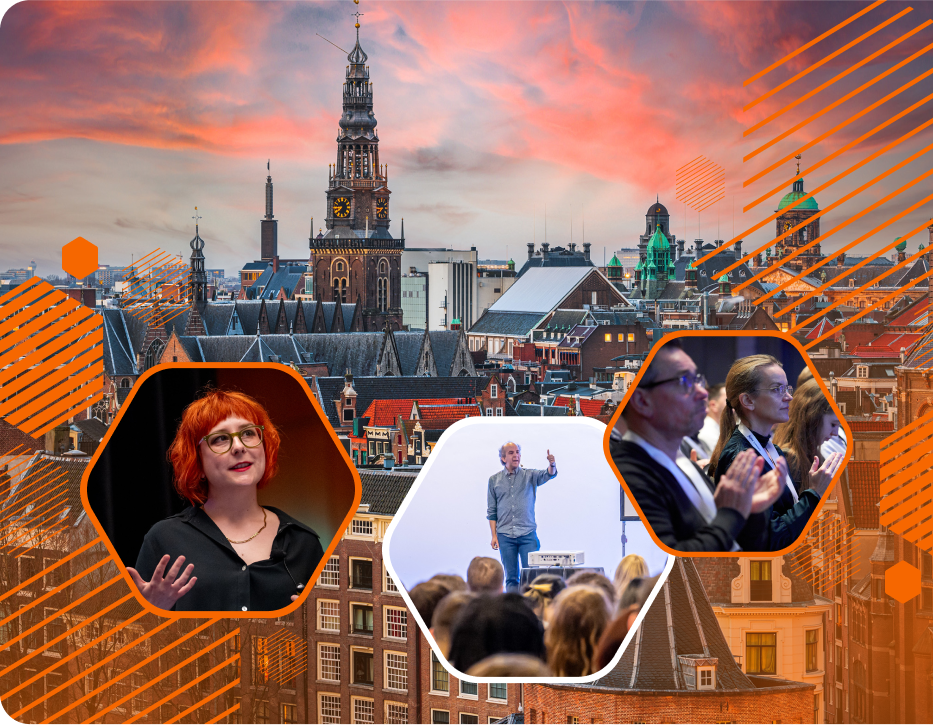The good thing about crisis situations is that they release the potential for change. A crisis often forces organizations to question their way of working and, if necessary, to readjust. While it is comparatively easy for start-ups to shape culture, for other companies it means a massive change. However, a crisis can generate awareness of the need for change. It doesn’t have to be an existential crisis that shakes a company to its foundations. Even minor crises, such as an important failed project, can create awareness for change. This awareness is the first stage in the ADKAR Change Model [1]. It is well suited to develop a change process in a targeted manner (Fig. 1).
Fig. 1: ADKAR model
Awareness – Creating Awareness
Are you working on an agile island and are convinced of agile from your own experience? Do you want other parts of the organization to be more agile as well? This requires creating awareness of the need for change. This awareness is essential because it answers the question of why. People are rarely willing to change without a good reason. One of these reasons is pain. When something hurts, we go to the doctor, take medication, and perhaps exercise more. Without pain, or only with the prospect of pain in the future (“If I don’t exercise more, I might have back problems later.”), the motivation for change drops dramatically. This is understandable since change always involves uncertainty and effort. So, in order to effect change towards an integral, agile organization, it is crucial to be able to clearly state why this makes sense. Some typical reasons are:
- “We are facing a crisis and need to change the way we work.” Perhaps the company is losing a lot of market share and its existence is threatened.
- “We want to be able to react more flexibly to changing conditions in the future.” It can be seen that the complexity of the environment is increasing. We would like to prepare ourselves for this.
- “We want to improve time to market, quality, and risk in product development.” Participant in the Status Quo Agile 2019/2020 study [2].
- “We do it because everyone is doing it.” Not long ago, this argument wasn’t taken seriously. But since then, it gained importance as organizations began expressing a concern that others (start-ups, for example) were gaining a competitive advantage through agile working.
- “We do it to make our workplace more attractive.” In times of skills shortages and generations Y/Z, organizations can attract employees with an integral model.
STAY TUNED
Learn more about DevOpsCon
Do any of these reasons sound like your organization? Since every organization is different, it is advisable to work out the reasons together, through integrative workshops, for example, so that they can be communicated in a sustainable way. Trustworthy transmitters with high integrity are recommended for communication. In particular, management and executives have a central role to play. However, even if the reasons seem clear and comprehensible, this cannot necessarily be transferred to all employees. It may be that individual employees are satisfied with the status quo. They may interpret the change as criticism of their work. Or they may not agree with the reasons for change. They might doubt the credibility of stations or see the current culture as the reason for the success. Rumors can also distort the channel. Open communication along with sufficient performance and transparency is recommended to raise awareness for change in the organization. It is important to have an intensive dialogue between senders and receivers that integrates different points of view. Awareness of the need to change the organizational culture is an important prerequisite for all further steps.
Desire – Awaken desires
Developing agile culture is about changing behavior. This requires active participation from the organization’s members. As we just learned, awareness of the need for change is an absolute prerequisite. Cultural change cannot be decreed. It only succeeds when people feel the desire to get involved and help shape it. Extrinsic motivation, for example, bonuses, titles, or status symbols, are not very effective because they lack an inner meaning. It is similar to a carrot held in front of a donkey’s nose to make it walk. If the carrot is taken away or if its hunger is satisfied, then the donkey stops.
This image originates from the modern paradigm. In the integral paradigm, employees are not donkeys, but valued individuals who contribute to the organization with all facets of their personality. Therefore, the aim is to promote intrinsic motivation: the inner desire to shape things. This arises when you can feel the meaningfulness of your actions. When is work considered meaningful? The answers vary from person to person. For a “typical” software developer, it could be something like: “I can finance my livelihood with my work. I help customers directly with our products and services. My work corresponds to my ideas of professional software development. My suggestions for improvement are taken on board. My colleagues respect me as a person. I can develop and learn on the job. I enjoy the work.”
In order to awaken the desire for support, it can be useful to work out with employees in workshops what a meaningful workplace looks like and what deficits currently exist. Techniques such as Moving Motivators [3] or LUXXprofile [4] can help with self-reflection on your own personality and needs. Quickly eliminating problems with new behaviors and involving individual personalities can create the desire to actively support cultural change. Ideally, these workshops should be conducted by independent individuals to avoid any conflicts of interest. In the spirit of Inspect and Adapt, obstacles should be removed quickly so that the benefits of changed behaviors become operationally apparent. The focus is on active action. The advantage of agile working is that it creates a work environment that feels right and good to employees. Creating this experience is important to create a desire to support. If this succeeds, an essential step on the way to agile culture has been taken.
However, depending on the history of the organization, this can be difficult. While startups have no history, norms and behaviors can be set relatively easily through the selection of founders and supporters. Larger organizations, on the other hand, often have a long history of past change processes. If they are not successful, this can lead to a wait-and-see attitude instead of active support along the lines of “If we wait it out, it will pass.” To avoid a self-fulfilling prophecy, more energy should be spent on developing Awareness and Desire in this climate. In some circumstances, it’s useful to actively process the past so that we can look forward. This requires courage and openness. This is a good opportunity to lead by example for these values.
Agile organizations rely less on central control and coordination, as classically exercised by middle management staff. This circumstance is often accompanied by a perceived loss of control, which often leads to a defensive reaction. In order to awaken the desire for participation among employees, it is essential to integrate them. Together, the understanding of roles can be revised. Employees have valuable skills that they can also contribute in an agile organization. For example, a former project manager can develop in the direction of a product owner or, in terms of strategic development, support management in the development of new initiatives. It is important to work in a solution-oriented manner to enable concrete learning experiences. The principles of “Act instead of talk!” or “Just do it!” can apply. This sounds informal, but it’s actually an effective way to gain experience. Once employees experience how agile organizations implement initiatives and achieve goals, their willingness to participate often increases. Openness is an important prerequisite.
Knowledge – building knowledge
Employees who have awareness of change and a desire to shape it need tools for implementation. This can include frameworks such as Scrum, Kanban, Lean Startup, OKR, Design Thinking, DevOps, Management 3.0, Sociocracy 3.0, Liberating Structures, and Agile Engineering techniques. As we already saw at the beginning, these tools are based on a similar foundation of values. The toolbox of agile frameworks and techniques is very large. Just one framework alone is rarely sufficient to become more agile as an organization. Depending on the issue, frameworks can be combined. For example, teams might organize their work using Scrum, while portfolio management makes use of Kanban and OKRs. Decisions can be made according to the sociocratic consensus process [5].
Establishing a group of Agile supporters and knowledge carriers within the organization has proven successful. The Agile community can be supported by experienced Agile coaches. It can organize training content as part of an Agile Academy, for example, and practice techniques with organization members. Short units that convey concrete approaches are useful here, such as one-hour workshops on agile prioritization or decision-making processes that team can request without any bureaucracy. Just like a Scrum Master, the Agile Community sets impulses in the organization for the development of agile culture. Agile mentors can advise less experienced members of the organization directly on specific issues such as conflict resolution within teams.
In larger cities, you will find user groups for sharing experiential knowledge. It’s a good opportunity to think outside the box. Visiting agile companies can be enlightening because you can experience firsthand what agile working feels like. The LEANDUS event organized by the Düsseldorf-based company Sipgate is recommended[6]. Regular open space meetings, such as Lean Coffee or Open Friday, where no specific agenda is pursued are also useful. Instead, a lightweight framework is provided to discuss current topics around agile culture and techniques in order to impart knowledge.
Experiments can be effective learning spaces: teams try out new techniques, formulate their expectations and share their results with colleagues. It is important that employees have sufficient capacity for further training. This is part of the commitment to agile culture, where learning and continuous improvement are key factors. Practicing this culture is essentially training on the job. Experienced Agile coaches can support this learning process in a positive way.
Agile techniques and culture can clash with what’s already been learned. This makes learning more difficult. It isn’t the case that you simply add to the competencies you have acquired and end up knowing more. Instead, it’s a matter of neglecting knowledge that you may have acquired in a modern context and replacing it with competencies from the integral-agile context (Fig. 2).
Fig. 2: Unlearning and learning
In a modern organization, for example, you would staff a team primarily with technical specialists and have quality assurance and operations handled by other teams. In an integral organization, you would assemble a cross-functional team with a large overlap of competencies, which would also take care of quality assurance and operations.
Ability – Create ability to implement
At this level, implementation is carried out. For this purpose, it isn’t enough to have the knowledge for implementation if you are missing ability to implement. Let’s assume I know that acceptance tests are useful for a release (Awareness). I want to perform the tests (Desire) and know how to do it (Knowledge). Unfortunately, I do not have the necessary machines nor permission to order them. I lack the ability to implement them. To remove these obstacles, Scrum provides for the Scrum Master. They help teams remove obstacles, not by ordering the machines, but by making the situation transparent to the decision-makers and bringing about change. They strengthen the team so that they can order machines in the future. At its core, it is about giving individuals and teams the opportunity to act. This requires explicit requests and permission of decision-makers in the context of self-organization to do things that may not have been possible in the past. It requires a mandate. Since self-organization can be new and unfamiliar, the Scrum Master or Agile Master can encourage and actively support the acting persons. It makes a lot of sense to fill this role in order to promote self-organization.
The central effective forces of agile culture are autonomy and alignment (Aligment). Autonomous teams can complete tasks independently without significant waiting states, becoming fast and agile. The architectural paradigm of (loose) coupling and cohesion comes into play at the team level. By aligning themselves with the goals and purpose of the organization coordinated by agile portfolio management, they work together in the same direction. In the cultural realignment phase, the solutions found within the framework of self-organization regularly collide with other organizational areas. This may be the case if a team purchases hardware that was previously obtained through central purchasing. In this case, the culture of self-organization should not be damaged. However, the conflict should be handled with the involvement of those involved, so that a new culture of working together can grow. Jointly defined guardrails can establish a framework that people can safely navigate. Modern organizations usually interpret conflicts negatively and tend to try to avoid them or delegate them to superiors. In some circumstances, they can become cold conflicts that permanently hinder cooperation. In integral organizations, conflicts can be a source of innovation if teams learn techniques for constructive conflict management and decision making, such as systemic consensus building [7].
Experiences, conflicts, obstacles, and potential for improvement can be regularly processed within the framework of retrospectives. As a result, the skills of the people involved will grow over time.
Reinforcement
As mentioned above, culture is shaped by unconscious learning experiences. In order to permanently internalize what has been learned, reinforcement and repetition are required. Reinforcement can be done by celebrating what has been achieved. Did we deliver an important release? Let’s celebrate it and remember what we did well. Far too often, we forget to focus on the positive and instead, we get angry about what doesn’t work. Did we achieve success? Then let’s write down our success stories! They help us remember what we did right and encourage us to keep going. This is unusual in modern organizations, where the focus tends to be on personal achievement, where your own elevation implies the devaluation of others. As a result, success tends to be discussed less publicly in the context of salary increases. Agile organizations often focus on what they have achieved together. Sharing your success can be very motivating and reinforcing, especially when senior employees or management personally acknowledge achievements through direct feedback. At the same time, feedback must be genuine. Praise from a manager who spurs employees to work harder for months, only to acknowledge team spirit at the end, is meaningless and ineffective. Culture development is never complete and requires constant renewal, affirmation, and nurturing. If this does not take place, you run the risk of reverting to previously learned ways of doing things. Positive reinforcement and reflection leads to new culture emerging and becoming permanently internalized.
Looking at the big picture – supporting cultural development systemically
In order to become agile as an organization, it is important to enable changes across teams along the value chain. A systemic view of the organization is recommended for this purpose. Purely local optimization at the level of individual teams is hardly sufficient to become agile as an organization. The integral view is based on the paradigm of the living organism. Every organization should have the opportunity to develop its own culture in an evolutionary sense, in line with the purpose of the organization. Since every organization is different, agile models, such as the Spotify model, cannot simply be transferred one-to-one to other organizations. Ken Wilbers, with his four-quadrant model, offers a framework for development. In terms of organizational culture, it looks like Figure 3 [8].
Fig. 3: Systemic perspective
This model incorporates the dimensions internal/external and individual/collective to enable a holistic understanding. When applied to cultural development, this results in three areas of action with the goal of developing the collective inner sphere – i.e., the organizational culture. Personal convictions can be worked out and challenged in workshops or personal feedback sessions. In doing so, we address the individual internal perspective and offer members of the organization new options for action. In the individual external perspective, we establish role models in the form of personalities with high moral authority. This is about leadership skills, motivating and inspiring people to achieve common goals. This can be supported by hiring people who already have an agile mindset. Here, it is important to reinforce that there is a risk of cultural assimilation into the existing culture. Role models can also be individual groups that are already a bit further along in using agile frameworks than others. Supportive practices such as Scrum, Kanban, etc. provide a framework for evolutionary culture development in the collective external perspective.
All these techniques and changes require a secure environment. Without security, people are rarely willing to try new things and tend to be defensive. It must be possible to try out new things and make mistakes without penalties. This understanding is also found in the Modern Agile principles [9]. Over time, agile culture can grow this way and will become more natural. We notice it when people involved talk less about processes and more about how they can improve products and services for their customers.
The engine of change
Developing a new culture requires continuous impetus aimed at improving things, such as products or ways of working. In the process, new experiences are made and internalized. This continuous improvement is laid out in the Scrum pillars Inspect and Adapt. A principle from lean management with similar characteristics is Kaizen (Kai = change; Zen = for the better). These principles ideally apply at all times at all levels of the organization and should be culturally anchored. At their core, the main questions are “Are we doing everything correctly and doing it well?” and “What can we do better?” Being able to ask these questions requires a high level of transparency (the third pillar in Scrum and value in Kanban). Only when information is freely and openly accessible can people recognize the potential for improvement. It is advisable to make information comprehensively visible and accessible. Agile organizations like to use walls for this purpose and visualize processes and obstacles, as well as goals, metrics, status, etc.
But transparency alone is not enough. People must ask questions. They may be uncomfortable and challenge the status quo. They can trigger constructive conflicts. Questions may be things like, “Why isn’t initiative XY making progress?” or “Would it help if team XY built more UX design skills?” or “Is technology XY perhaps too complex for the task at hand?” It’s about people with accountability and integrity setting momentum to permanently enable improvements and new learning experiences. This is leadership, but not in the sense of managing order and constancy, but in the sense of leadership supporting change and movement. The change management principles from Kanban describe it as:
- Start with what you are doing.
- Agree to pursue evolutionary change.
- Encourage leadership from the individual to the executive.
Building this framework and bringing it to life every day is the engine of continuous culture development. It can be started at any level of the organization. Typically, operational teams usually start within the framework of agile software development. However, culture change can just as easily begin at the management or executive level. The possibility of sustainable change may even be greater here.
Conclusion
Even if the road seems long and difficult, agile organizational development is likely to be worthwhile. An organization that can adapt flexibly to changing conditions and survive in the VUCA world while simultaneously appreciating and integrating the needs of its employees is highly desirable. This can be a place where people are motivated and happy to contribute and inspire customers with their products and services. This state cannot be achieved through strategic planning in the classic sense. Cultural development can be the key. It’s time to start with active cultural development and achieve true business agility. Let’s do it!
Links & Literature
[1] ADKAR Change Modell: https://www.prosci.com/adkar/adkar-model
[2] Hochschule Koblenz: „Status Quo (Scaled) Agile 2020. 4. Studie zu Nutzen und Erfolgsfaktoren agiler Methoden“: www.status-quo-agile.de
[3] Moving Motivators: https://management30.com/practice/moving-motivators/
[4] LUXXprofile: https://www.luxxprofile.com
[5] Sipgate LEANDUS: https://www.leandus.de
[6] Systemisches Konsensieren: https://www.sk-prinzip.eu
[7] Laloux, Frédéric: „Reinventing Organisations. Ein Leitfaden zur Gestaltung sinnstiftender Formen der Zusammenarbeit“; Vahlen Verlag, 2015
[8] Modern Agile: modernagile.org


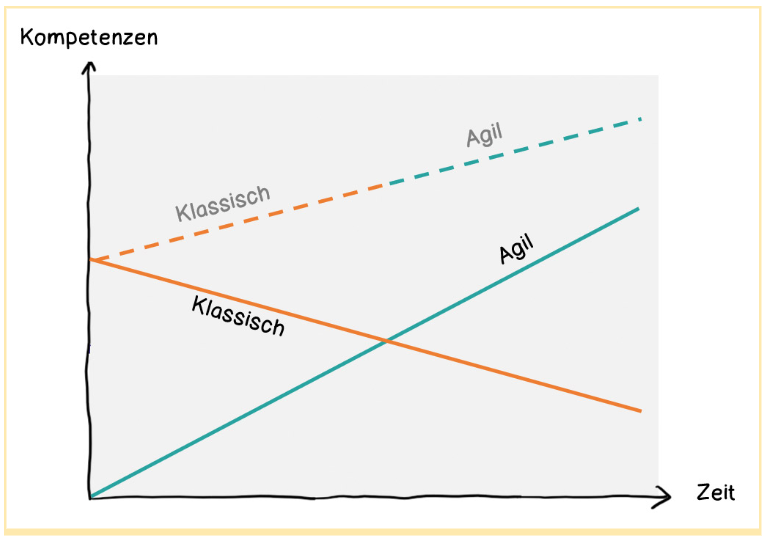

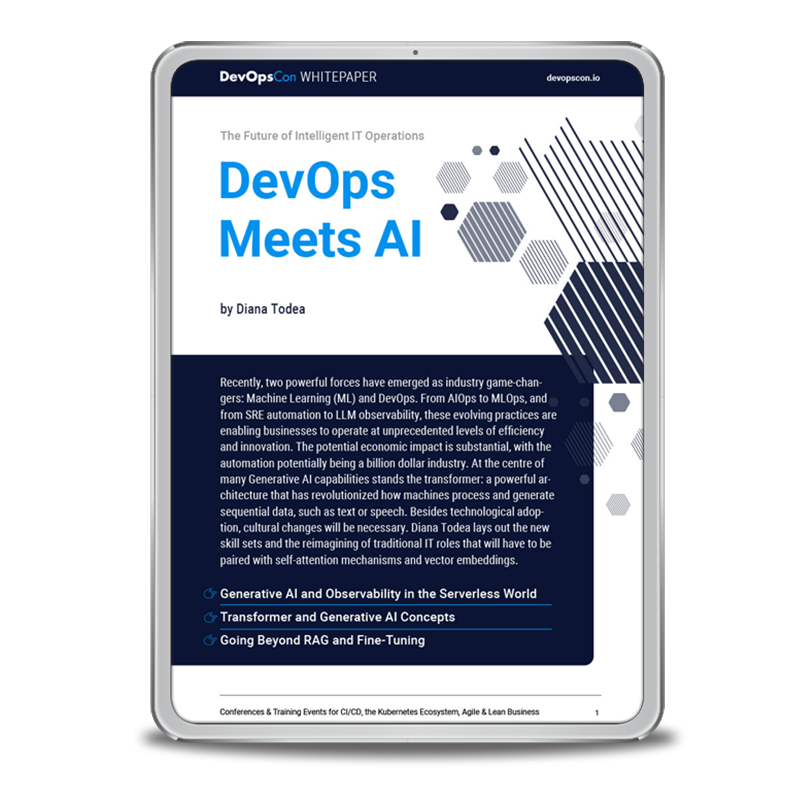
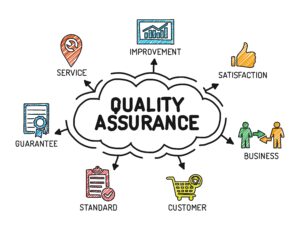


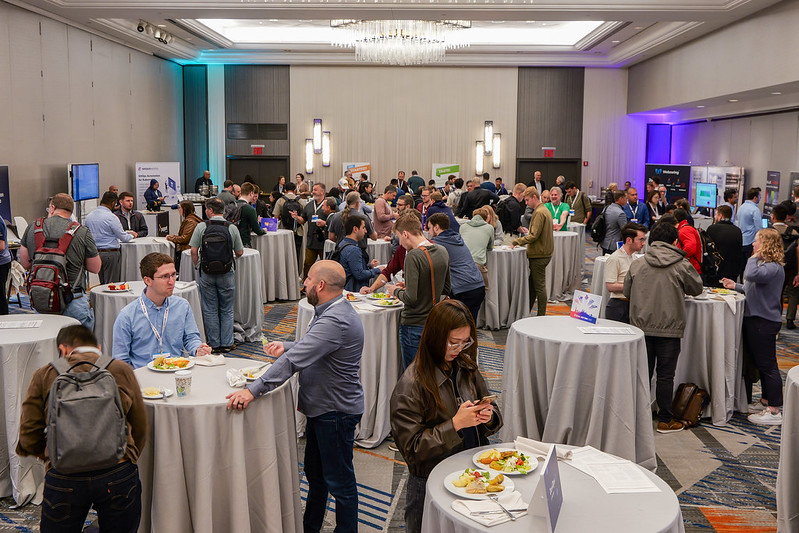
 6 months access to session recordings.
6 months access to session recordings.